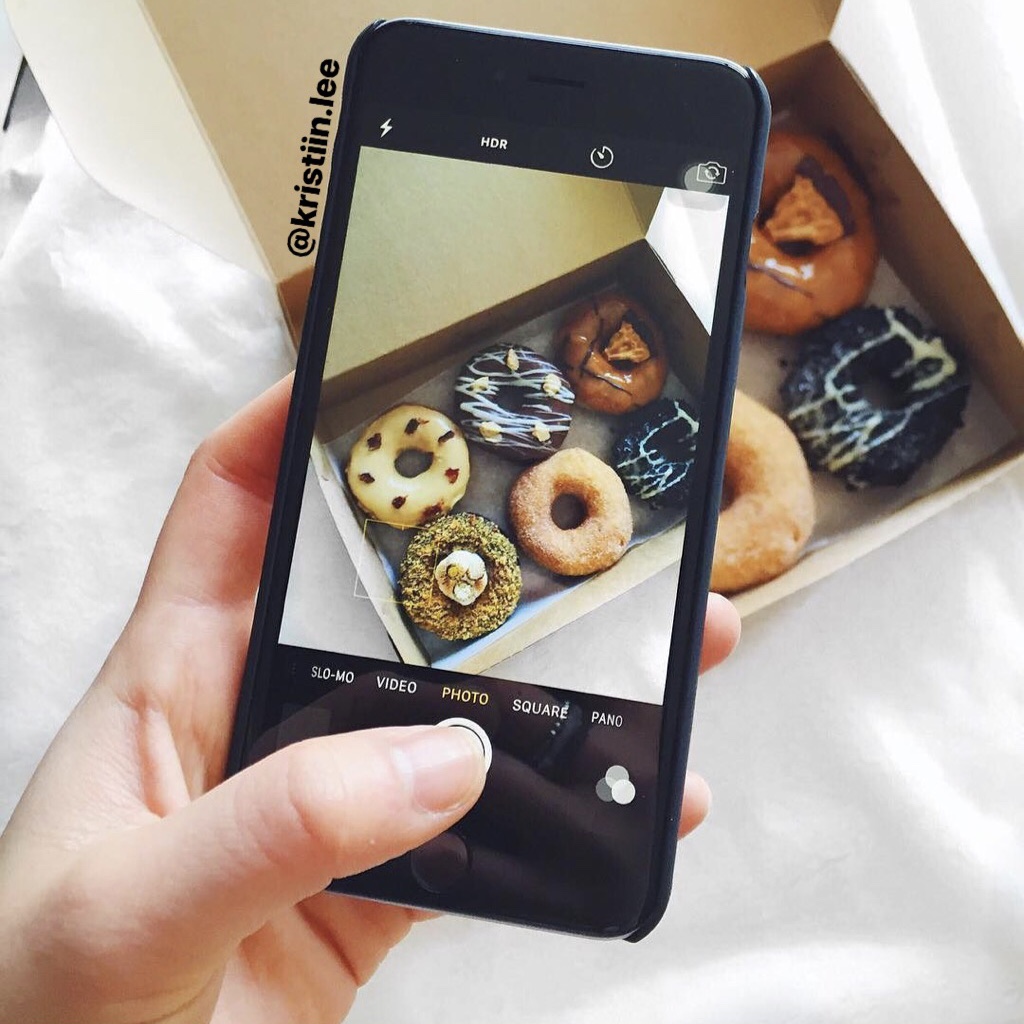How to create a UGC strategy
It’s time to fully embrace UGC, create a UGC strategy and get your customers to promote your product or service through UGC.
Are you tired of churning out endless amounts of content on your social channels, only to see your posts reach fewer than 200 people and get 0-20 engagements? You’re not alone. Here’s the reality: Organic reach continues to decline for businesses, and people don’t trust businesses as much as they trust their peers. The solution: create a UGC strategy, meet your potential customers where they are, and use your existing customers to promote your product or service through UGC.
UGC, or user-generated content is the new organic social for business. Instead of promotional content coming from your marketing team, UGC acts as conversational marketing coming from real customers.
A few stats of note*:
- 85% of web users find visual UGC more influential than brand content
- Only 16% of Americans trust information on a company website
- 84% of millennials are influenced by UGC in purchasing decisions
- 70% of baby boomers are influenced by UGC in purchasing decisions
Download your UGC Strategy Worksheet
So how can you take a strategic approach to generating UGC? Check out tips and real-life examples below to help you create a UGC strategy.
THE RANCH: Ask For It
Rule of thumb: If you have to tell them it’s a Selfie Spot, it’s not a Selfie Spot. A more direct solution is to ask your customers to share their experiences with you on social. At THE RANCH Restaurant in Anaheim, CA, servers explicitly ask their customers to tag the restaurant on social media. The perk: They also denote that they may share that content on the restaurant’s social sites. We’ll let the result speak for itself.
When in doubt, ask for it. This is the easiest way to generate UGC without having to invest any time or money into marketing strategies.
Savannah Bananas: Create Shareable Experiences
Are you familiar with every single baseball league in terms of size and ranking? If so, we’re tipping our hats to you. If not, here’s a little crash course of how the leagues go:
- MLB
- AAA
- AA
- High A
- A
- Low A
- Rookie Ball
- Top-Level Independent Ball
- Top-Level Independent College Ball
- Summer College Baseball
The Savannah Bananas fall into that #10 space—the Summer Collegiate Baseball league—9x removed from the Yankees and Red Sox of the world. Yet despite being far removed from the major leagues, the Savannah Bananas has sold out every game since the 2016 season, shattering its season attendance record every year and leading the Coastal Plain League in attendance four years in a row.
As of the writing of this article, the Savannah Bananas had more than 15,000 pieces of UGC on Instagram between it’s hashtag and geolocation. That’s more than 15,000 pieces of marketing from its own customers.
How did they do it? By creating experiences worth sharing. Its mission: “Fans First. Entertain Always.”
Just a sampling of what goes on during a Savannah Bananas game: Choreographed dances from the players, a breakdancing first-base coach, man versus segway races, grandma beauty pageants and a Salute to Underwear night—all of which go on amidst the ballgames. In fact, the experience of a Savannah Bananas game is so entertaining, a fan even posted about the amazing time they had during rain delays. (When was the last time you excitedly posted about rain delays?)
Bottomline: Users will be compelled to share content when you give them experiences they can’t get anywhere else.
Universal Studios Orlando: Make Your Customers Successful
More than 100k reactions, 10k comments and 40k shares. That’s the response Lenore Koppelman received on her Facebook recommendation of Universal Studios Orlando. Her post was an ode to her experience at the theme park when a Universal Studios staff member went out of the way for Lenore’s awesomely autistic son, Ralph.
The story is this: Ralph had waited all day to get on the Spiderman ride, building up excitement and anticipation with each ride he went on throughout the day—but when the end of the day finally came and he was steps away from getting on the ride, it broke down.
Lenore writes: “When [Ralph] struggles the hardest, he can have something known as an “autistic meltdown”. Some people who are not educated about autism might see it as a temper tantrum. But the fact of the matter is that it is not the act of a spoiled and naughty child. It’s a cry for help. This is Ralph’s way of saying ‘I don’t know how to monitor and regulate my emotions right now. I need help, please! I’m scared! I’m overwhelmed! I want to feel better and I don’t know how!’”
When Ralph ended up laying on the floor crying, Jen—a Universal Studios staff member—rushed in, lay next to him and told him it was OK to be sad. She stayed on the ground with him until he stopped crying and even let him pick out a toy in the gift shop before they left. The lesson here? Provide the best customer service you can, make your customer successful and word-of-mouth marketing will happen naturally.
Soapy Joe’s: Offer Incentives/Contests
But what if your product or service falls more into a necessity? A day-to-day task that may not have obvious marketing opportunities? Don’t underestimate the power of incentives and contests.
Soapy Joe’s, a local San Diego car wash chain, did just that with its Car Wash Karaoke Contest. The premise was this: Visit a Soapy Joe’s location, record your best car wash karaoke performance while going through a car wash and post it to Instagram with the #SoapyJoes hashtag. Entrants could win a $1,000 prize, unlimited car wash memberships and more.
The contest ended up with more than 1,000 creative and entertaining entries. Think of it this way: If every contest entry reached just 20 people each, Soapy Joe’s would have reached 20,000 users with this campaign. Plus it now has more than 1,000 pieces of UGC it can repurpose for its own marketing.
The Graduate: Develop a Talk Trigger
Lamps. Bathroom wallpaper. Hallway artwork. Urinals. (Yes, URINALS.) These are just a few of the items guests of the Graduate Hotels post about when staying at one of its 14 locations across the country. Why? Because the Graduate Hotels, all themed to major universities in its respective cities, turned these seemingly ordinary objects into Talk Triggers.
A Talk Trigger is a purposeful, operational differentiator that creates conversation among customers and recruits potential new customers in the process.—Jay Baer
Talk Triggers are exceptionally effective when used properly—but using them properly requires knowing your audience and understanding what gets them talking.
Like making your rival team a target.
Currently, there are more than 15,000 posts about the Graduate Hotels, captioned with remarks like, “I am completed obsessed with this hotel,” and “This hotel stands apart from all the rest.”
How’s that for UGC?
Donut Bar: Highlight It
Remember that first statement we made? If you have to say it’s a Selfie Spot, it’ not a Selfie Spot. Well, we’ll round out our tips and examples by bringing it full circle.
Donut Bar is a…you guessed it…donut shop with locations in San Diego and Las Vegas. While it didn’t create a self-proclaimed Selfie Spot, it produced a product so unique, it was in and of itself a call to share.
More so, it created unconventional Selfie Spots that reflected its product and the bright colors its donuts boasted.
Ready to ditch the outdated ‘Selfie Spot,’ and find the secret sauce to creating RAVING FANS who can’t help but share content about your business? 👇
Download your UGC Strategy Worksheet
*SOURCE: Adweek & Nielsen Research





